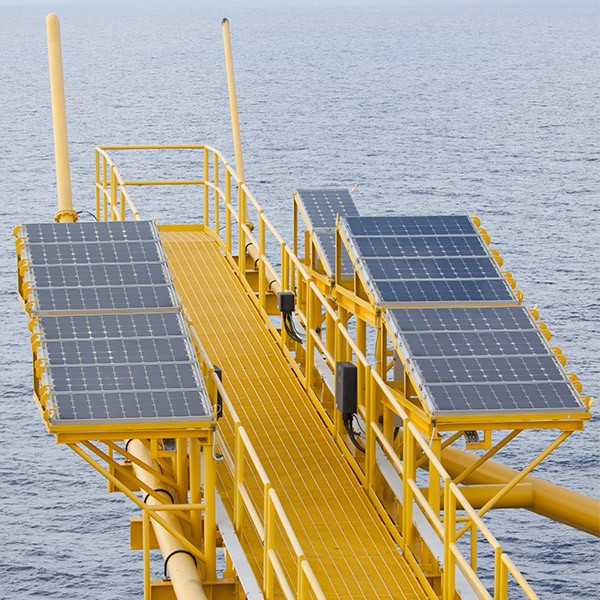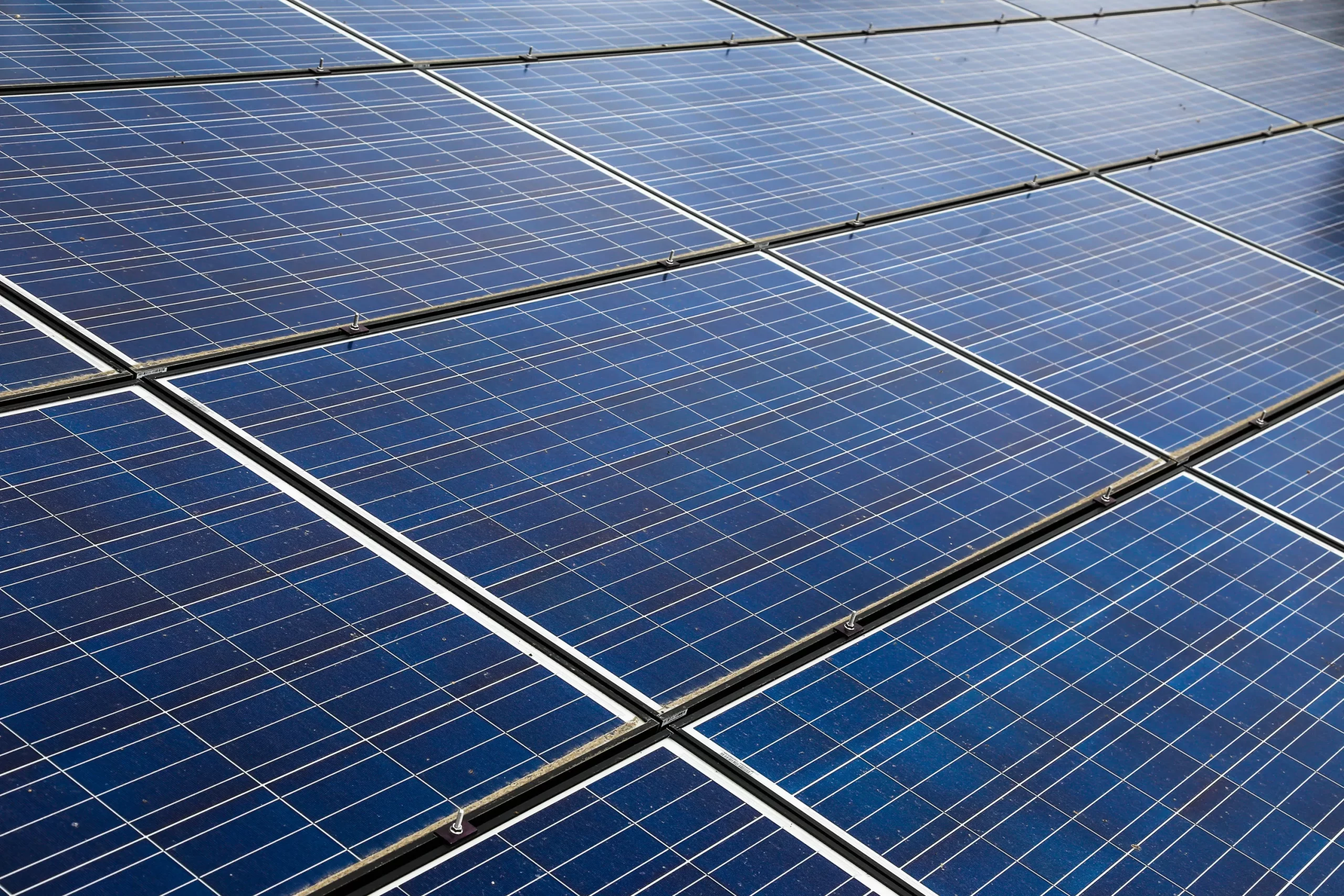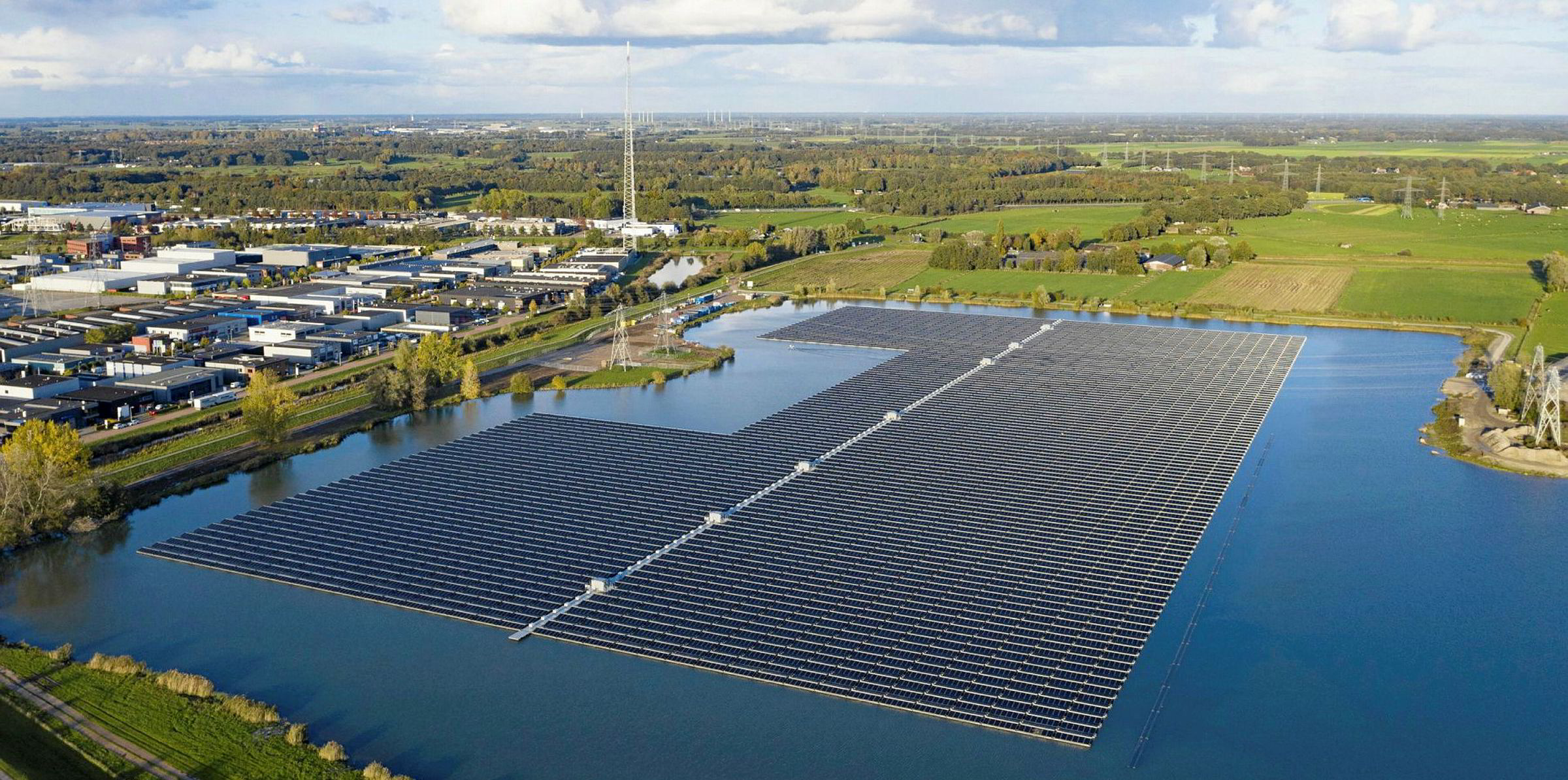The Netherlands: Advancing Solar Power in Constrained Areas
In response to sustainable development and growing energy demand, the Netherlands has taken the lead in transforming underutilized and remote areas into vibrant solar parks. This project is a new response to the country’s challenges; limited space, dense population, and a response to the global solar energy movement.
Creative Utilization of Space
The Dutch method is unique in the way it uses different types of land. The high cost of agricultural land in the EU has forced solar companies to think outside the box and build solar farms on abandoned land, agricultural farms (Agrivoltaics), or artificial lakes (Solar Floating Systems).
For example, floating solar farms are built on artificial lakes. This not only preserves valuable land but also establishes the Netherlands as a global leader in this technology.
Solar Energy and Agricultural Land
Remarkably, 2,200 square kilometers, or nearly 10% of the country’s agricultural land, are allocated for solar parks. This change not only transforms how solar energy is generated but also impacts land use, especially as some farmers adopt solar energy as a sustainable alternative to traditional farming. The focus is on utilizing infertile agricultural land close to highways, rail infrastructure, and residential areas.
Agrivoltaics Applications:
- Combination of crops and solar Farm: This Agrivoltaic solution consists of cultivating intercropped crops, or offering grazing areas for animals between the solar strings, and in some cases below solar panels. Preferred types of crops are those with leafy vegetables. These solutions allow optimal land use and an increase in land productivity.
- Elevated solar panel systems, with or without dynamic Systems: Solar panels are mounted on elevated structures above crops or animals. It allows crops to grow normally underneath, and to benefit from the partial shading provided by the panels. Solar panels benefit crops and animals, through climate change adaption, protection against adverse weather conditions, agronomic benefits, and/or improved animal welfare.
- Solar-greenhouse: Systems that are equipped with solar panels to simultaneously produce agricultural goods, as well as energy. The solar panels provide shading to the crops and protect against adverse weather conditions.
- Aviaries with solar shading structures: Poultry farms often require covered structures to protect birds from harassment weather conditions and predators. In this application, solar shading structures are used as the roof of aviaries and provide shading to the birds while generating electricity. The shading can structured to allow optimal natural light penetration to ensure animal welfare.
Environmental and Local Community Considerations
The Dutch model places a strong emphasis on the value of environmental sustainability and local community interests. The demands of the local population are the first consideration when designing new solar installations. This approach ensures solar energy ventures are socially and ecologically accountable as well as beneficial regarding solar power production.
The Path Ahead
The aim continues to be the smooth and sustainable integration of these solar parks into the environment as the Netherlands builds up its solar energy potential. The fact that both public and commercial organizations are always looking for methods to integrate solar power plants with agricultural yield signals an increasingly multipurpose land-use future.
This Dutch sustainable initiative is an excellent illustration of how nations may resourcefully and effectively meet their renewable energy targets while navigating geographical and societal limitations.




